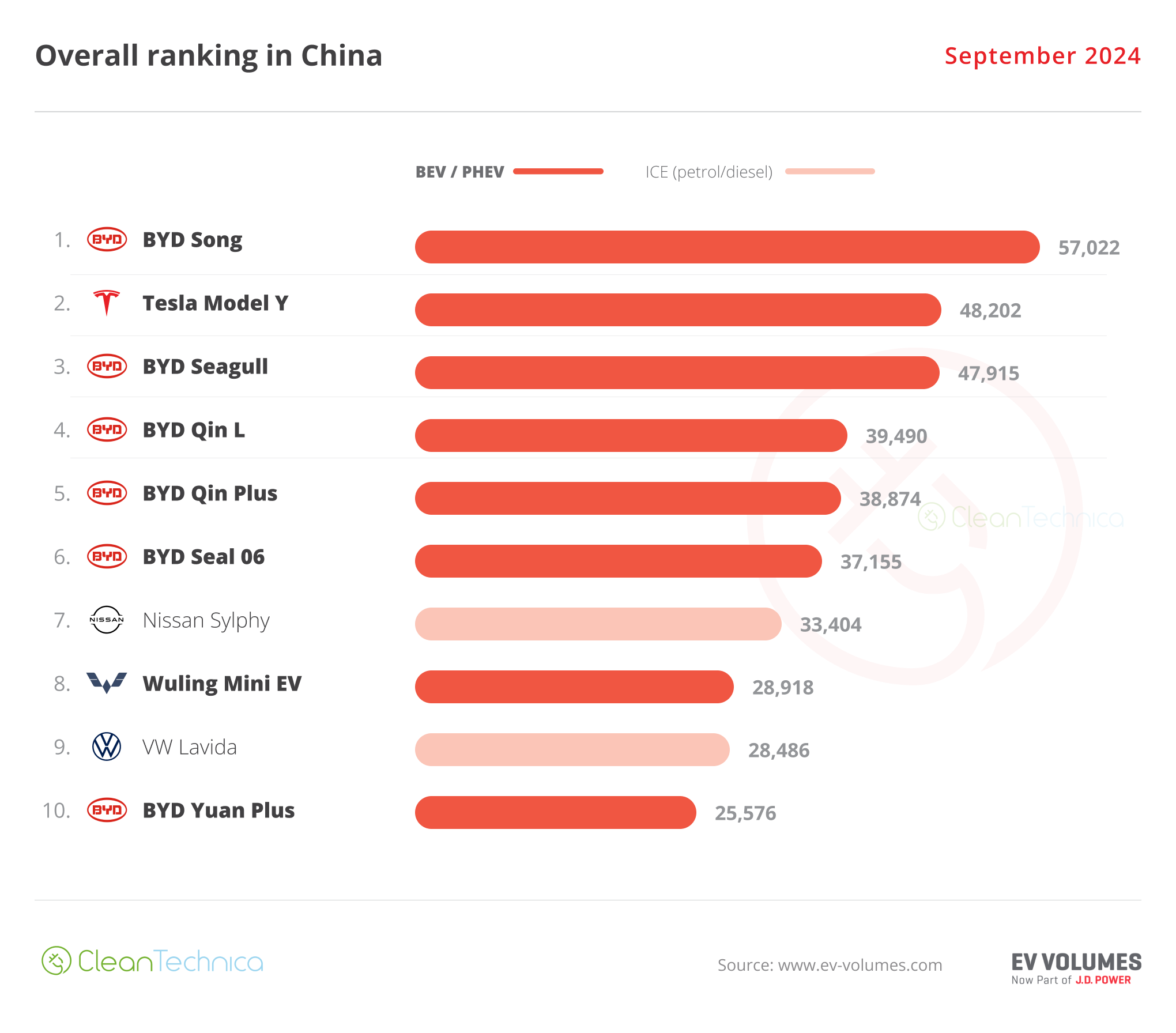Sign up for daily news updates from CleanTechnica on email. Or follow us on Google News!
When the topic turns to global warming emissions, human activity shoulders much of the responsibility. However, cows should take some blame, too. After all, cow farts and belches are a leading source of atmospheric methane, a potent greenhouse gas. The question is what to do about it, and a Danish startup called Ambient Carbon has an answer.
Methane And The Cow Fart (And Cow Belch) Dilemma
Headlines about bovine methane emissions usually focus on the tail end of the digestive process, but scientists point out that the bulk of the process occurs when cows burp.
“Contrary to common belief, it’s actually cow belching caused by a process called enteric fermentation that contributes to methane emissions,” the National Atmospheric and Space Agency explains.
“Enteric fermentation is the digestive process in which sugars are broken down into simpler molecules for absorption into the bloodstream. This process also produces methane as a by-product,” NASA adds. Most of the methane is released when a cow burps. Only a small percentage is produced later in the digestive process and released out the back door.
Either way, capturing enteric methane emissions from cows running loose in the fields is a challenge of epic proportions. All together, enteric methane emissions occur on a scale rivaling that of the global oil and gas industry, as described by University of Pennsylvania soil microbiologist Mary Ann Bruns.
The role played by cattle alone is significant. Citing figures from Our World in Data, the US Environmental Protection Agency notes that one cow is responsible for 154-264 pounds of methane gas every year, and that farmers around the world raise 1.5 billion cattle for meat production every year. Doing the math, that adds up to a conservative estimate of 231 billion pounds of methane pumped into the atmosphere every year.
A New Source Of Non-Fossil Methane, From Dairy Cows
The meat industry may not have an easy solution at hand, but the dairy industry does have one key opportunity to capture methane from enteric emissions because dairy cows spend part of their day in dairy barns where the flow of air can be controlled.
That’s not as simple as it sounds. Cow farts and belches alike are diluted in the barn environment, making it technologically difficult and expensive to extract the methane.
Still, if an efficient extraction process could be created, the impact on global warming emissions would be significant. According to Ambien Carbon’s information, livestock are responsible for 30% of global methane emissions, with dairy cattle alone contributing about half of those.
The MEPS Solution
Ambient bills its solution as a first-of-its kind technology called MEPS, short for Methane Eradication Photochemical System. The patented process deploys chlorine atoms and ultraviolet light to produce a photochemical reaction that breaks down methane.
To gild the green lily, the process takes place at room temperature, eliminating the need for expensive, energy sucking climate control systems. In addition, the chlorine can be produced from saltwater in an on-site electrolysis system, and recycled within the MEPS process.
“Methane mitigation technologies such as regenerative thermal oxidation operate with expensive catalysts at high temperatures and aren’t cost effective for the relatively low concentrations of methane in a dairy barn,” explained Ambient CSO and co-founder Matthew Johnson in a press statement.
It remains to be seen if the process actually works at scale, but we’ll soon find out. A field test is being planned for a dairy barn in Indiana, under a partnership with Benton Group Dairies. Benton Group supplies milk to the leading dairy products firm Danone, with which Ambient also has an agreement.
Another test is taking place in Europe under the umbrella of the AgriFoodTure PERMA Project, with the leading diary cooperative Arla participating. If all goes according to plan, data from both the US and European tests will help refine a pilot-scale project. The next steps include a commercialization goal of mid-2026, followed by scaleup and global distribution, targeting wastewater and biogas plants as well as dairy barns.
Many Roads To Reducing Methane Emissions From Livestock
Another type of solution has begun to materialize in the form of feed additives aimed at reducing enteric emissions, a pathway supported by the US Department of Agriculture.
Last spring the University of California-Davis published an explainer taking note of other strategies, including feeding more grains to cattle, breeding cattle that are genetically dispositioned to produce less methane, and vaccinating individual cows to reduce belching, or outfitting them with different kinds of emissions-capturing equipment.
In addition to addressing emissions related to the digestive system itself, various solutions are also emerging for emissions from manure. The USDA has been promoting anaerobic digesters to farmers through a program called AgSTAR since the early 2000’s, enabling them to capture biogas from decomposing manure and re-use it or sell it.
AgSTAR is a collaboration with the US Environmental Protection Agency. In a recap of anaerobic digester deployment by livestock farmers last year, the USDA noted that activity has been spotty since the technology was first introduced in the 1970’s. Uptake didn’t really begin to gather steam until the 1990’s, but the rate of adoption dropped off a cliff around 2013.
More recently, though, signs of renewed interest have appeared. USDA totaled up 322 digesters in use by 2021, with 50 of those added in 2021 alone.
“Recent growth in the number of digesters corresponds to increased demand for renewable fuel as a result of carbon credit trading and incentive programs,” USDA remarked.
Food Waste And The Low Methane Diet Of The Future
Holistically speaking, reducing waste is another pathway to reducing global warming emissions related to food systems. The EPA has estimated that the carbon dioxide embodied in food waste and loss in the US alone is the equivalent to the yearly emissions from 42 coal power plants, or about 170 million metric tons of CO2 equivalent every year. The EPA also advises that figure does not include a significant amount of methane emissions from food decomposing in landfills.
“EPA data show that food waste is the single most common material landfilled and incinerated in the U.S., comprising 24 and 22 percent of landfilled and combusted municipal solid waste, respectively,” EPA notes.
One major piece missing from the methane emissions puzzle is the impact of commercial farming on animals and the environment, especially regarding factory-type farms that house animals in unnatural, inhumane conditions. However, a global switch to an all-plant, non-dairy diet is unlikely to happen at a meaningful scale any time soon. Cultured meat products could help resolve part of the problem, but not the part that involves the global thirst for dairy products.
Follow me via LinkTree, or @tinamcasey on Threads, LinkedIn, and Instagram.
Image: An innovative Danish startup has developed a solution to the serious problem of methane emissions from belching, farting cows, using a farm in Indiana as a test site (courtesy of USDA).

Have a tip for CleanTechnica? Want to advertise? Want to suggest a guest for our CleanTech Talk podcast? Contact us here.
Latest CleanTechnica.TV Videos
CleanTechnica uses affiliate links. See our policy here.
CleanTechnica’s Comment Policy





